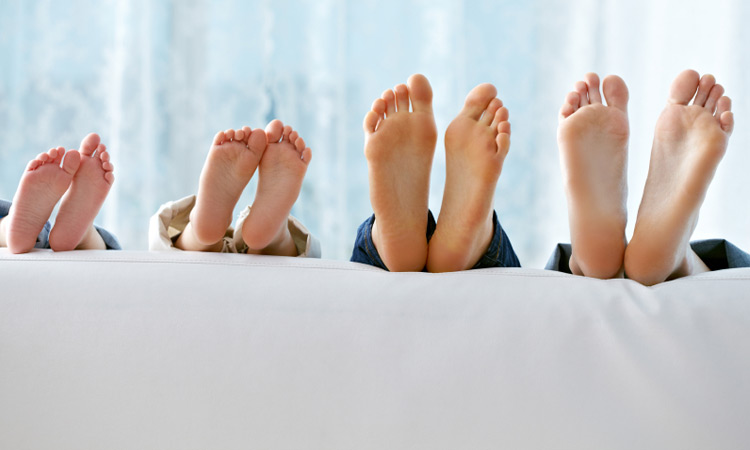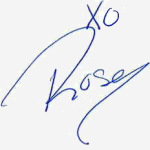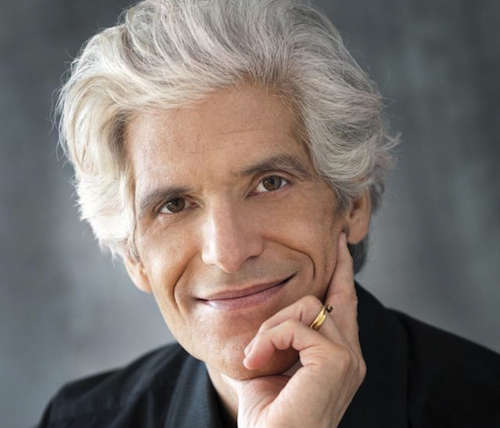
In a recent interview with Dr Emily Splichal, celebrity podiatrist, and author of Everyday Is Your Runway: A Shoe Lover’s Guide to Healthy Feet & Legs, I learned something new about our aging process from a unique perspective—foot function and movement longevity.
In her latest book, Barefoot Strong: Unlock the Secrets to Movement Longevity, Dr Splichal says, as we age, many of us try to hold back time, whether it’s in the form of anti-aging lotions, supplements, or even plastic surgery. She looks at aging from the unique perspective of foot function and movement longevity. In her book, she explores movement efficiency and advocates a barefoot lifestyle to improve our health as we enter our golden years.
Barefoot Strong is very different from your first book. What inspired you to explore and write about barefoot science?
I was always into barefoot training and movement; even back in 2010 when I wrote my first book. My message was always emphasizing and bringing an awareness to the importance of foot health for a healthy lifestyle. The first book was marketed towards women who love shoes. In 2012, I started to expand this message to people of all ages, activities levels, injury history etc. I also went back to school to get my Master’s in Human Movement, focusing on barefoot science. What I learned about the application of barefoot science far exceeded my initial application and led to the content and message in Barefoot Strong.
There’s a great deal of research that proves walking and running barefoot helps with back problems and building certain muscles in your legs. Can you explain additional reasons why a “barefoot” lifestyle rewires your body and health as you age?
The skin on the bottom of the foot plays an important role with how we stabilize and maintain balance when walking. Studies show that as we age we start to lose the sensitivity of the receptors in the bottom of the foot, thus increasing our risk of falls.
In addition, our feet and core are deeply integrated, which means the stronger the feet are ultimately the stronger the core and glutes are. This translates to decreased knee pain, reduced risk of back pain, stronger grip. The benefits are vast. I recommend that people have barefoot stimulation daily with at least 30 minutes of actual barefoot training three times a week. This should be coupled with a transition to smarter footwear.
What advice would you give those who want to begin barefoot running?
Most people are not actually running without shoes. It means that there is no barrier between the foot and the ground, which means lots of sensory information is able to enter the body. However, the person needs to be able to process this information and handle the load and impact.
If someone does want to do away with even minimal shoes, then I would suggest choosing the right surface. Natural surfaces such as grass and dirt are best. I would avoid concrete and tracks, as they have more impact, but also will create blisters on the foot much faster.
Start by doing barefoot movement exercises, and jumps on the grass, dirt or natural surface. Get the body and foot accustomed to the sensory information with no shoe acting as a barrier. From here increase in barefoot intensity can be introduced and mileage can be increased. Many athletes train completely barefoot as a way to prep the body and the nervous system. This is a great technique.
In Barefoot Strong you discuss the importance of protecting our peripheral nerves to optimize movement. What specific ways can our readers integrate barefoot science into their daily routines?
A simple way to integrate barefoot science into a daily routine is to do five minutes of foot release in the morning and at night. I often tell my patients to stand on a golf ball or Yamuna Foot Wakers for five minutes morning and night when brushing their teeth. Five minutes of plantar foot release actually improves balance and stability. Another way is to walk around barefoot at home.
Any barefoot exercises, especially those that are dynamic like jumping, are best done on a surface that is flat, stable and vibrates, like a wood floor.
Balancing exercise barefoot is another great way to strengthen the feet, foot-to-core and barefoot proprioceptors (nerves). I have a series of these exercises on my YouTube Channel – Run Injury Free!
What is the one thing you want readers to take away from your book, what would it be?
I’d say the biggest message is that foot health is something we need to start thinking about from an early age. There are many decisions we make every day which affect not only the feet but our overall joint health and function. Whether it be the shoes we wear or the foot we eat, little decisions can greatly impact our ability to do the movements we enjoy.
What was your Rewire Me Moment? When everything clicked, that epiphany moment that took you down this career path.
I’d say my Rewire Me Moment for the way I look at movement, rehab and fitness was when I tore my adductor and had to have it surgically repaired. For nine months after surgery I couldn’t sit, walk, run, lunge. Pretty much any activity would throw my adductors into spasm.
It wasn’t until I met a mentor of mine who taught me how to proper inhibit—shut off—and activate—turn on—muscles to stop the spasms and ultimately lead to the re-wiring of my core and hip muscles. I now treat my patients with this same rehab philosophy. I am able to help others and give them hope again; just like my mentor did for me.

Rose Caiola
Inspired. Rewired.

